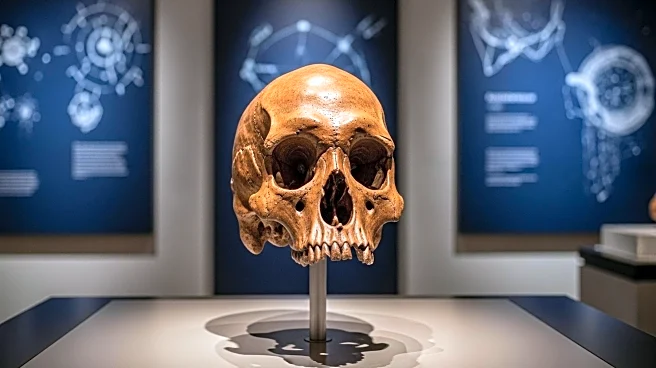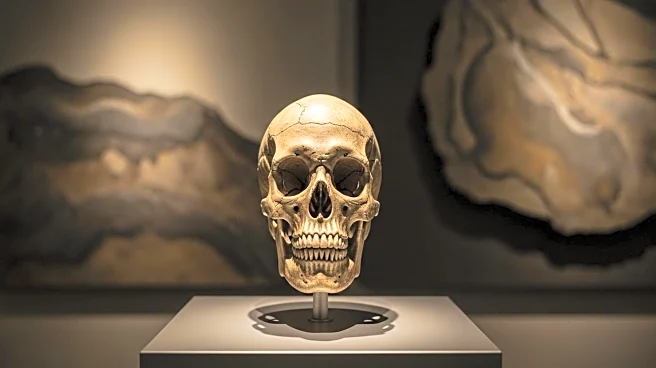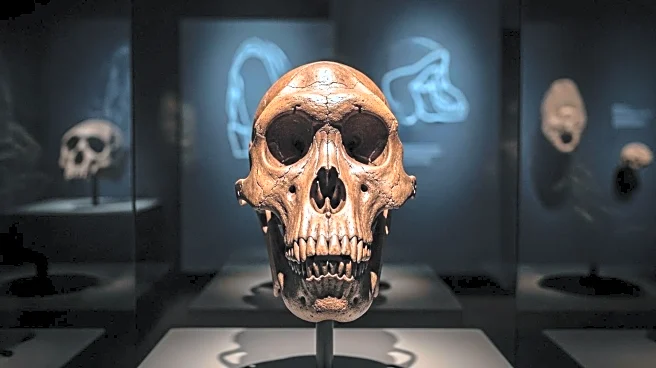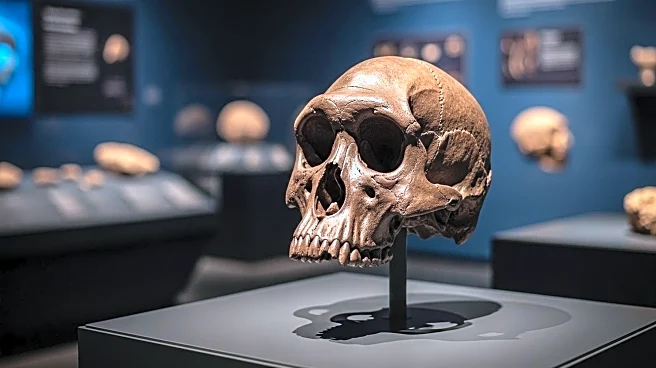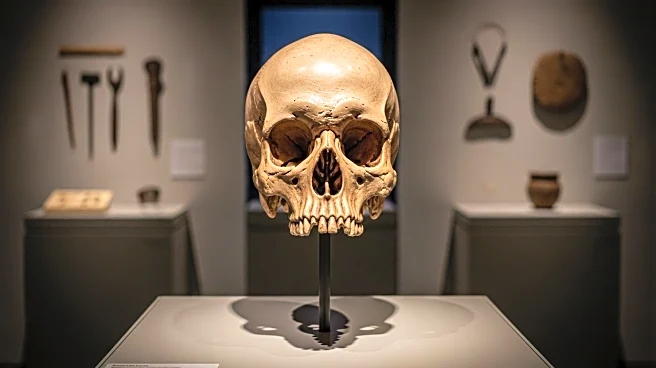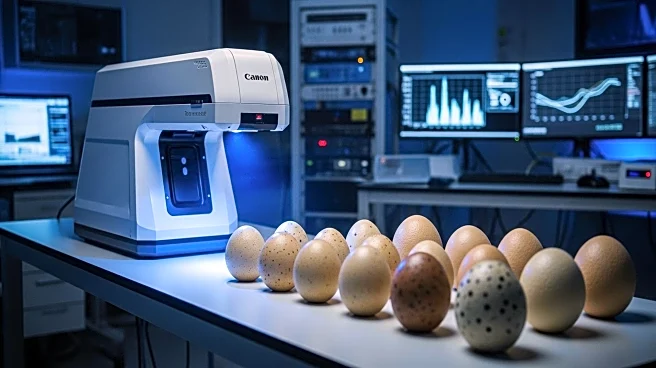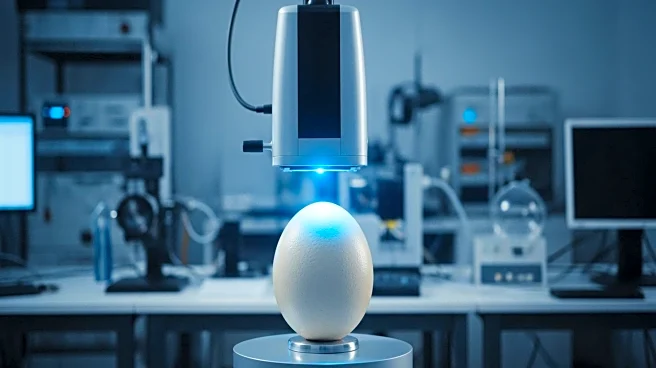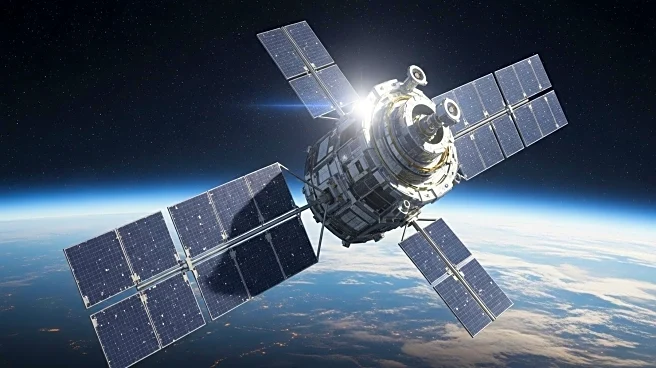What's Happening?
Researchers in China have employed a micro-laser technique to directly date dinosaur eggs, marking a significant advancement in paleontological studies. By vaporizing small portions of the eggshells, they released radioactive uranium atoms, which decay into lead at a known rate. This method, known as U-Pb dating, allows scientists to determine the age of the eggs with precision, placing them in the Upper Cretaceous period, approximately 85 million years ago. This direct dating method overcomes the uncertainties associated with previous techniques that relied on dating surrounding materials like volcanic rocks and minerals.
Why It's Important?
This breakthrough in dating dinosaur eggs provides a more accurate understanding of the timeline of the Upper Cretaceous period, a time of significant dinosaur diversity and environmental changes. The ability to precisely date these eggs offers insights into paleo-environments, dinosaur migrations, and climatic fluctuations during this era. Such findings are crucial for understanding the evolution and extinction of dinosaurs, as well as the environmental conditions on Earth during the Late Cretaceous. This research enhances the narrative of Earth's history, transforming fossils into detailed stories of past ecosystems.
What's Next?
The precise dating of dinosaur eggs opens new avenues for research into dinosaur evolution and extinction. Scientists may further explore the impact of climatic changes on dinosaur diversity and reproduction during the Cretaceous period. This method could be applied to other fossil sites, providing a clearer picture of prehistoric life and environmental conditions. Continued research may reveal more about the adaptations of dinosaurs to changing climates and their eventual extinction.
Beyond the Headlines
The study highlights the importance of innovative techniques in paleontology, offering a more nuanced understanding of Earth's history. It underscores the dynamic nature of scientific inquiry, where new methods can challenge and refine existing knowledge. The research also emphasizes the interconnectedness of geological and biological processes, illustrating how environmental changes can influence the evolution and survival of species.

